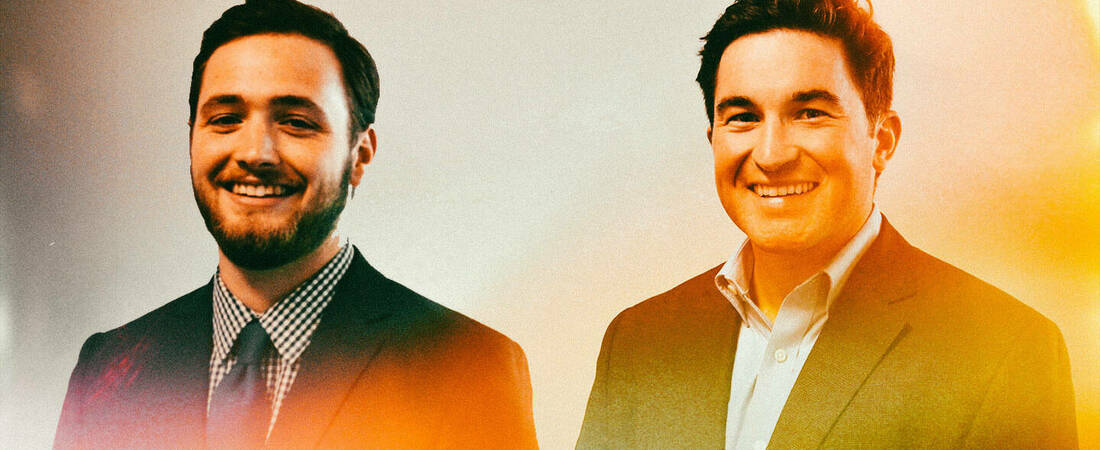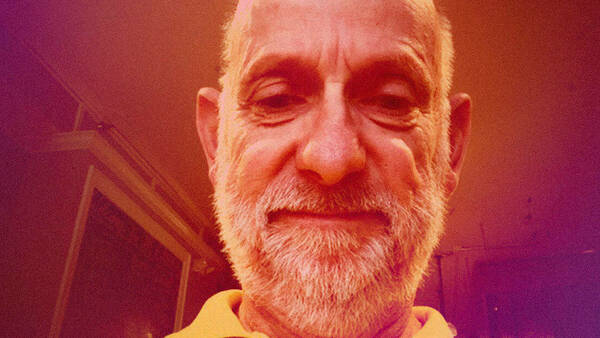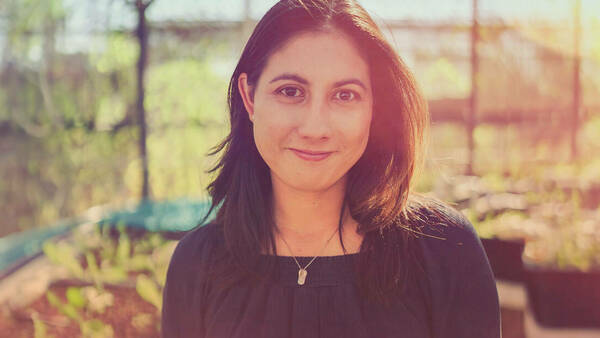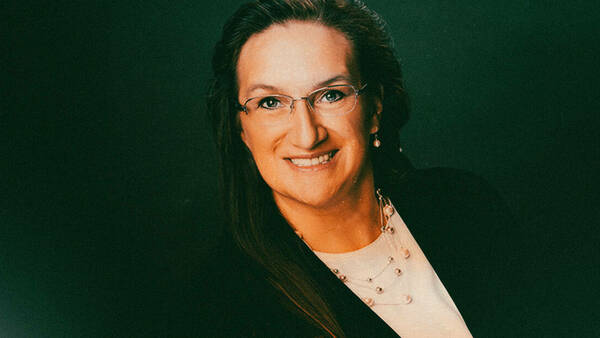Danny Fritz ’22 M.S. was bound for a career in software engineering. Riley Ellingsen ’22 M.S., meanwhile, set his sights on med school, or perhaps a career in medical research.
A few years out of college, though, they each felt called to change direction, and followed that call to the Notre Dame ESTEEM program.
By the time they graduated from the 11-month master’s program, they had co-founded a start-up, earned seed money to start developing their innovative product, and now dedicate themselves to expanding accessibility options for people who are deaf and hard-of-hearing.

Their company, heARsight, essentially gives people the ability to turn on subtitles in any conversation. Through augmented reality technology, heARsight glasses project real-time captions into the wearer’s field of vision.
“We’ve never seen ourselves as a replacement to hearing aids or other assistive technology that’s out there,” Ellingsen said. “We really just want to be another option or a complement to hearing aids. So, it’s just about giving people more options and the ability to communicate and stay connected with other people better.”
Fritz, who graduated with a bachelor’s degree in computer science from St. John’s University in Collegeville, Minnesota, came up with the idea for heARsight during the pandemic.
At the time, he was dating a woman who is hard of hearing and relied on lip-reading to fully understand conversations. When most people donned masks to help mitigate the spread of COVID-19, lip-reading became impossible.
“And I think it was when we were watching a movie, or something with captions, I noticed that captions are super helpful even for me,” he said. “... And I wondered why not mix subtitles and speech-to-text with augmented reality technologies so you can basically have subtitles wherever you go.”
That idea took root in South Bend in the summer of 2021, when Fritz and Ellingsen — who studied biochemistry, biophysics and molecular biology at Whitman College in Walla Walla, Washington — ended up as roommates in the ESTEEM program (Engineering, Science & Technology Entrepreneurship Excellence Master's).
The curriculum — designed for students with STEM backgrounds — included one technical course each semester, supplemented with business and entrepreneurship classes. Outside the classroom, ESTEEM students complete a capstone project in the business world.
“So we got the opportunity to work directly with senior executives at companies on, essentially, consulting projects,” Ellingsen said. “We were immediately applying everything that we learned in the classroom to a real-world business case that we had almost complete ownership over and responsibility to produce deliverables to paying clients.”
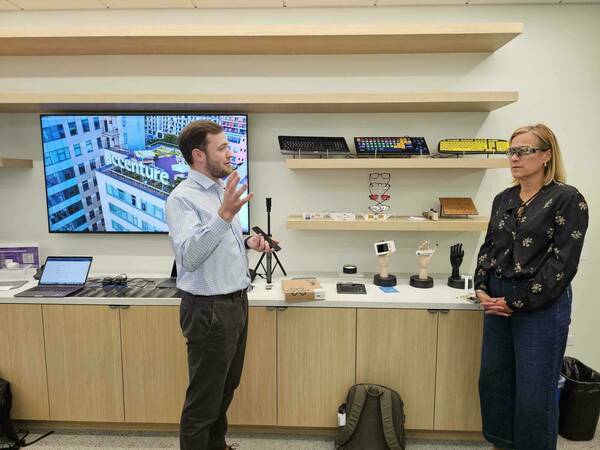
In between coursework and capstone projects, Ellingsen and Fritz spent a lot of time talking about their own business ideas, even just when hanging out in their kitchen. That’s where Fritz first pitched the idea for heARsight.
“I had the reaction that a lot of people have when we tell them about heARsight, when Danny first talked about it in our kitchen, which was just, ‘Wait, how does this not already exist?’” Ellingsen said.
So, they started talking more specifically about how to turn their vision into a viable business — with some support from Notre Dame. They entered the McCloskey New Venture Competition through the IDEA Center, and made it all the way to the semifinals.
“And that took us from an idea that Danny had thought of to doing customer validation work to understand if this is a problem that is prevalent with a bunch of people and is the solution that we’re proposing actually something that would address the problem and meet that need,” Ellingsen said.
The competition provided them with some seed money, and the momentum to keep developing the company. After graduating from the ESTEEM program, Fritz and Ellingsen stayed in South Bend for the summer to participate in an IDEA Center accelerator program, which provided them with initial funding. By the end of 2022, they had raised a little over $300,000 to get heARsight off the ground.
Since then, they’ve each started other jobs, while continuing to use every spare moment to develop heARsight, where Ellingsen is the CEO and Fritz serves as chief technology officer. They hope to bring the product to market in four to six months.
That all makes for long hours and lots of work, but they remain motivated by their mission. The waitlist on the heARsight website now includes about 1,200 people, all of whom are asked how they could benefit from the project. Fritz and Ellingsen have also started meeting with potential customers to demonstrate their prototype.
“And to see people light up and think about all the potential possibilities it could help them in their life, really keeps me motivated,” Fritz said.
Those eventual possibilities could include harnessing this technology to provide real-time translation services.
“It’s all possible,” Fritz said. “I guess our main focus is where we started, and that is solving a problem for people who can’t quite hear as well. … I think there’s plenty of applications out there that it could be used for, but I think the main goal is to uplift people with less hearing ability.”
Ellingsen added that 420 million worldwide experience hearing loss but only 99 million get tested for it and 77 million receive treatment
“So there’s this huge treatment gap,” Ellingsen said. “And that 420 million number is expected to grow to a half-billion by 2050. So we see it as a very real need right now that’s just going to continue to expand. And we just want to give people another tool to combat that.”
